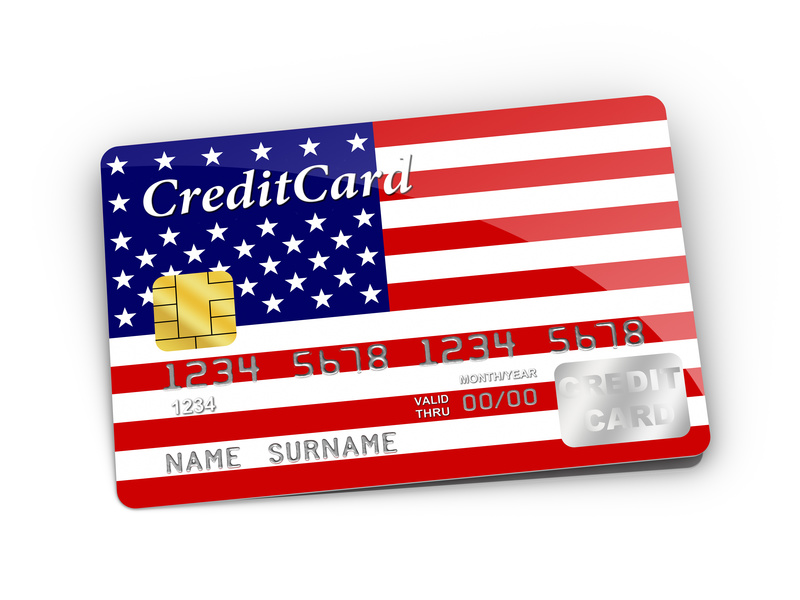Recent security breaches of major retailers like Target and Neiman Marcus have pushed the conversation over EMV chip card implementation into action. Still, experts predict that EMV-chip technology will not become commonplace in the United States until the year 2018. Nick Holland, the senior analyst for payments with Javelin Strategy & Research, says that despite a full EMV chip card implementation release date of October 2015, there are not enough education or awareness initiatives occurring in the United States that will ensure the deadline is met.
“One of the biggest takeaways or suggestions based on the research is that someone really needs to take the reins on the education side,” Holland continues, “It is a little shocking that with such a short period here before the transition happens, nothing really seems to be done cohesively to educate the consumer and merchant as to what is going to be happening,”
This reality has left the industry behind the eight ball, and it is unclear if banks, card issuers, the PCI Security Council, or the EMV Migration Forum, will be able to orchestrate a national education campaign by the deadline. If the industry wants to get serious about reaching the deadline, Holland comments, they should look to the United Kingdom for inspiration. The U.K. faced an EMV transition deadline in 2005 and hit educational initiatives hard to ensure industry professionals and consumers knew about the changes ahead.
“There was a very consistent kind of media drum beat informing consumers and merchants for the 18 months to two years before it happened,” says Holland. Education will be more difficult in the United States, as card issuers have not come to a consensus on whether to offer chip-and-signature authentication or chip-and-PIN authentication. Also, there will need to be a massive push to teach retailers about the impact of EMV chip card implementation and the liability shift, which makes all parties unable to service EMV transactions liable after October 2015 (fuel merchants have until October 2017 until they face a liability shift).
The report does offer some hope for the U.S. card industry, as the barrier of debit routing technology has finally been surpassed by a recent agreement over common application identifiers (common AIDs) needed to route debit payments.
“Parts of the report had to make significant changes because of the rate at which things were changing,” Holland says. “There’s finally a consensus around common AID and that problem is fixing itself faster than anticipated.”
The Javelin report estimates that EMV chip cards and terminals will cost merchants and issuers over $6.8 billion in the United States, with issuers paying more than 62% of the cost. In 2015 there will be around 166 million EMV credit cards in circulation in the U.S. (29% of the proposed total), and just under 105 million EMV debit and prepaid cards (17% of the expected total).
Based on these estimates, the United States won’t achieve card ubiquity (96% of credit cards and 98% of debit and prepaid cards) until 2018.


